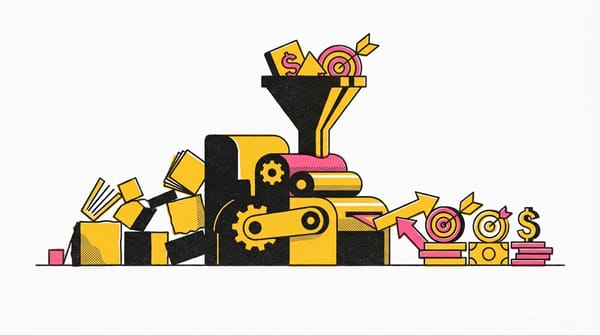A look at the business model from the product manager's point of view
Discover key insights into business models from a product manager's perspective and learn how to enhance scalability and repeatability.

Discover key insights into business models from a product manager's perspective and learn how to enhance scalability and repeatability.


What This Series Is Really About You're not here to learn content strategy. You're here because you have expertise worth selling — consulting, courses, coaching, services — and you need a system that brings buyers to you instead of chasing them. The math is simple: one well-positioned newsletter

Premium rates aren't just about better work—they're about saving clients from anxiety, uncertainty, and the mental load of managing you.

In 2017, new regulations hit small businesses: every retailer needed a point-of-sale system that transmitted receipts directly to tax authorities. No compliance, no business license. Suddenly, millions of shop owners went from "I just want to sell stuff" to "I just want to sell stuff without getting

The Market Matrix: Where Your Service Lives Determines How You Compete What this article helps you decide Every service you could offer falls somewhere on a simple grid: * How many potential clients exist * How much they are willing to pay Understanding where you sit on this matrix is not academic